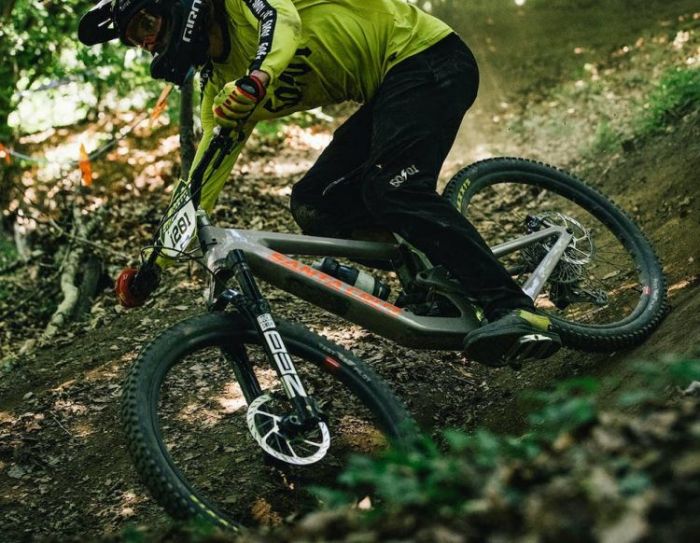Are you familiar with mountain bike tires? Mountain bikes have high demands for tires.
Bicycles designed for off-road use (hills, trails, wilderness, and sandy gravel roads, etc.) are called mountain bikes.
Increasingly, young people enjoy riding mountain bikes for excursions and cross-country, making it a healthy and fashionable sport.
Take a look at some mountain bike tires to learn about their characteristics.
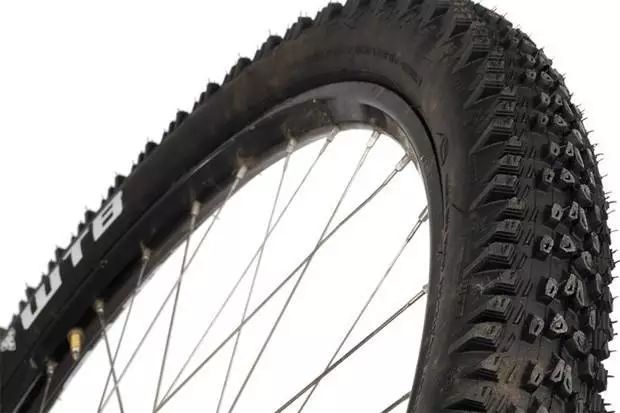
First, let’s talk about the construction of the tire.
The open outer tire of a bicycle is a woven mesh cover that forms the body of the tire.
A layer of tire skin is applied to give wear when rolling, and two lips are buried to hold the tire to the wheel frame.
The tire’s main structure is formed by this. Tires on bicycles are thin, which makes them susceptible to punctures and cuts.
Consequently, most of them will add a blast layer between the tire skin and the mesh cover to increase the tire’s strength.
In every case where there is a large vehicle accident involving a flat tire, the topic of regenerative tires will always be discussed.
Typically, regenerative tires remove the worn-out tire skin from the carcass and reapply a fresh layer of tire skin.
In actuality, the tire is this way, so don’t worry about it being unreliable.

Tire characteristics
In terms of tire characteristics, they can be divided into four categories:
- rolling resistance
- grip, road feel
- wear resistance
- explosion protection
- weight
Additionally, power transmission and manufacturing quality are often overlooked characteristics.
In the following sections, these characteristics are discussed in more general terms.
Rolling resistance
As soon as the wheel starts rolling, you’d want it to maintain its speed and not slow down. However, because of wind resistance and other drag, this is impossible.
In general, the lower the rolling resistance of the tires, the easier it is to maintain speed.
In other words, you will accelerate the same force that you use to pedal without having to increase it.
Therefore, the lower the rolling resistance, the better.

Traction
Grip is best understood as slippage, and when cornering or braking, the grip of the tires is a key.
Even when accelerating straight ahead with a strong force, grip is necessary. So, the more grip is the better.
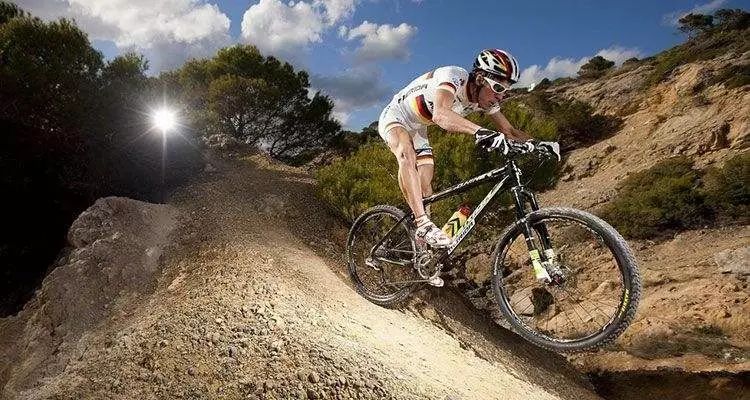
Abrasion resistance
Generally speaking, bicycle tires are considered expensive today.
At this point, we need to consider wear resistance since we do not want expensive things to break down after some time. A tire’s wear resistance determines how long it can be used.
For lightweight tires, a thin tread layer is often used, which is less likely to withstand punctures caused by rocks, glass, and tree branches.
Tires used outdoors are typically constructed to be blast-proof to prevent foreign objects from puncturing the woven mesh cover.
Weight
If you are looking for lightweight, then you will count the weight of any spare part on your bike.
Inner and outer tires are also a goal to achieve lightweight, and lightweight tires can reduce weight by as much as one or two hundred grams.
Regardless of the effect of reducing the weight of the tires, just the fact that the bike’s weight is reduced makes the lightweight tires worth the investment.
The difference in weight between light tires and conventional tires can be between 50 and 100 grams.
In fact, lightweight tires also bring many performance advantages. First of all, they have an advantage when climbing hills, plus their inertia is lower, so they’re easier to accelerate.
The lighter tread and mesh cover, as well as the omission of the blast ply, are largely responsible for the weight reduction.
In turn, this results in a more responsive road surface, a more comfortable road feel, and lower rolling resistance.

Summary
Functional and safe mountain bikes allow you to fully enjoy the passion of off-road and experience the thrill of riding brought by high-end configuration.
As we all know, bicycle tires are basically 2 sizes, so what exactly is the difference between them? 27.5 vs 29er Mountain Bikes – The Battle Of The Century will tell you.

![[Orbea URRUN 10 20mph Review] – Best Used By People Who Enjoy Riding To Get AFeel For The Mountains!](https://bestbikeselect.com/wp-content/uploads/2023/09/2023-Orbea-URRUN-10-20mph-35_-1024x1024.jpg)
![[Specialized Turbo Como 5.0 Review] – Good Choice?](https://bestbikeselect.com/wp-content/uploads/2023/08/2023-Specialized-Turbo-Como-5.01_-1024x1024.webp)
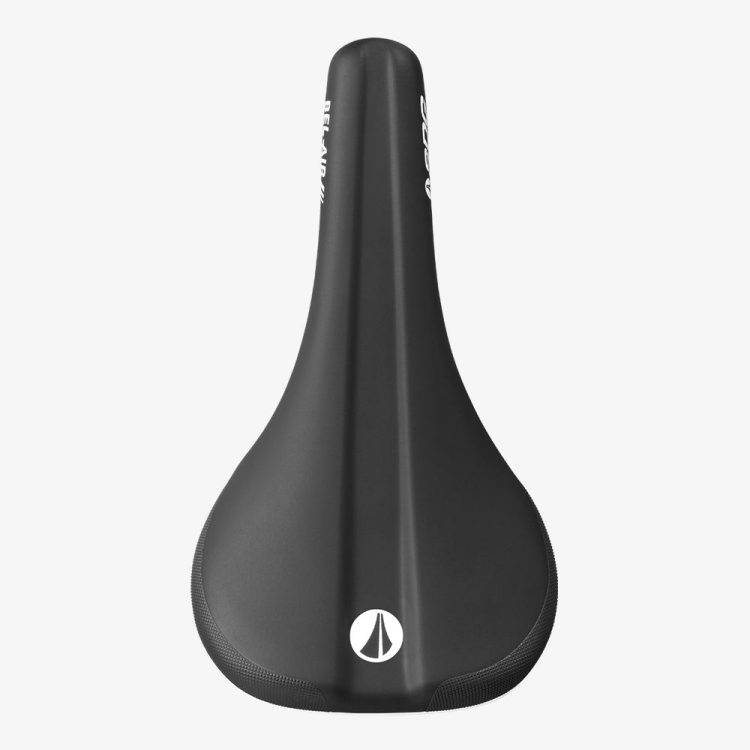
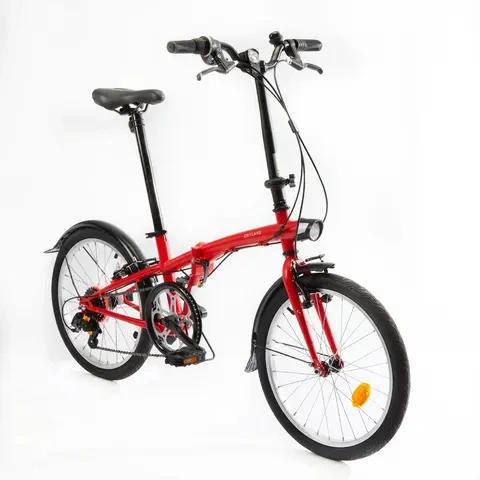

![2025 Built for Champions:[Orbea ORCA M21eTEAM PWR Review]](https://bestbikeselect.com/wp-content/uploads/2025/01/ORCA-M21eTEAM-PWR-1024x885.jpg)
![2025 Conquer Any Trail [Santa Cruz Bronson R Review]](https://bestbikeselect.com/wp-content/uploads/2025/01/Santa-Cruz-Bronson-R-1-1024x768.webp)
![2025 The All-Terrain Beast [Santa Cruz Hightower 3 MY24 Review]](https://bestbikeselect.com/wp-content/uploads/2025/01/Santa-Cruz-Hightower-3-MY24-1024x768.webp)
![The Best Comfortable Leisure Bike of 2025 [ Trek Verve 2 Lowstep Gen 5 ]](https://bestbikeselect.com/wp-content/uploads/2024/12/Verve-2-Lowstep-Gen-5-02-1024x681.png)
![2025’s Top Endurance Bikes [Cannondale Synapse Carbon 3 L Review]](https://bestbikeselect.com/wp-content/uploads/2025/01/Cannondale-Synapse-Carbon-3-L-1-1024x627.webp)
